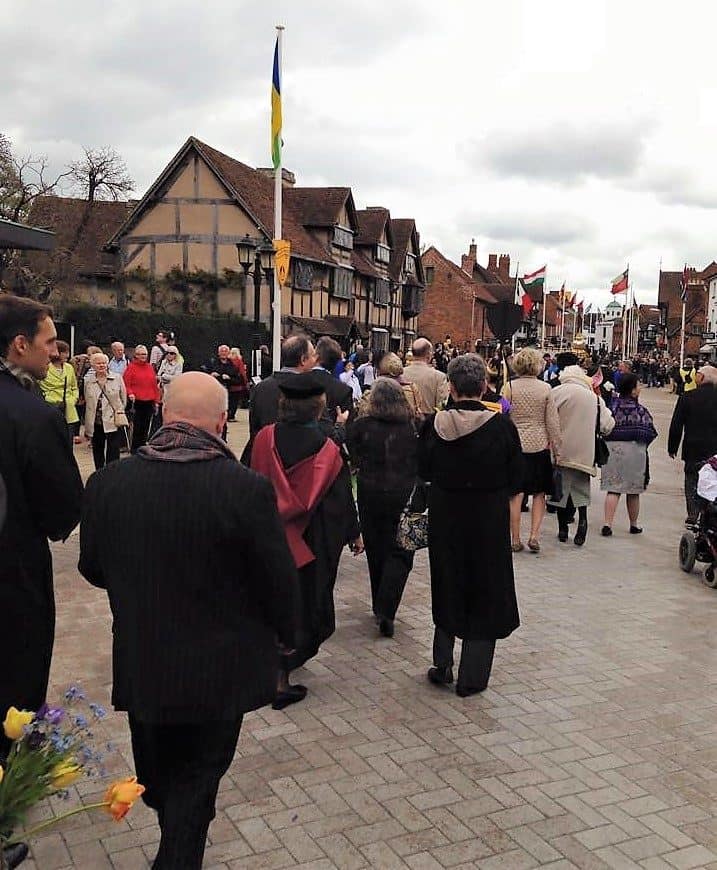By Karen Harker, Gale Ambassador at the University of Birmingham
Around the 23rd of April every year, Stratford-upon-Avon becomes a different place. Flooded with tens of thousands of tourists from across the world, this small Warwickshire town pauses to pay homage to the most recognisable name, and for some, the greatest writer in all of English drama: William Shakespeare. The tradition of celebrating the life and work of Shakespeare has arguably placed Stratford-upon-Avon on the map. Even on a typical day, it is not uncommon to see throngs of school children touring Shakespeare’s Birthplace on Henley Street; patrons heading to see a show at one of the Royal Shakespeare Company theatres; or groups of visitors making their way to Holy Trinity Church to get a look at Shakespeare’s grave. For folks (such as myself) who call Stratford home, seeing Shakespeare remembered in this way, witnessing the twenty-first century style pilgrimage taken by millions of people each year, is a part of our daily life.

